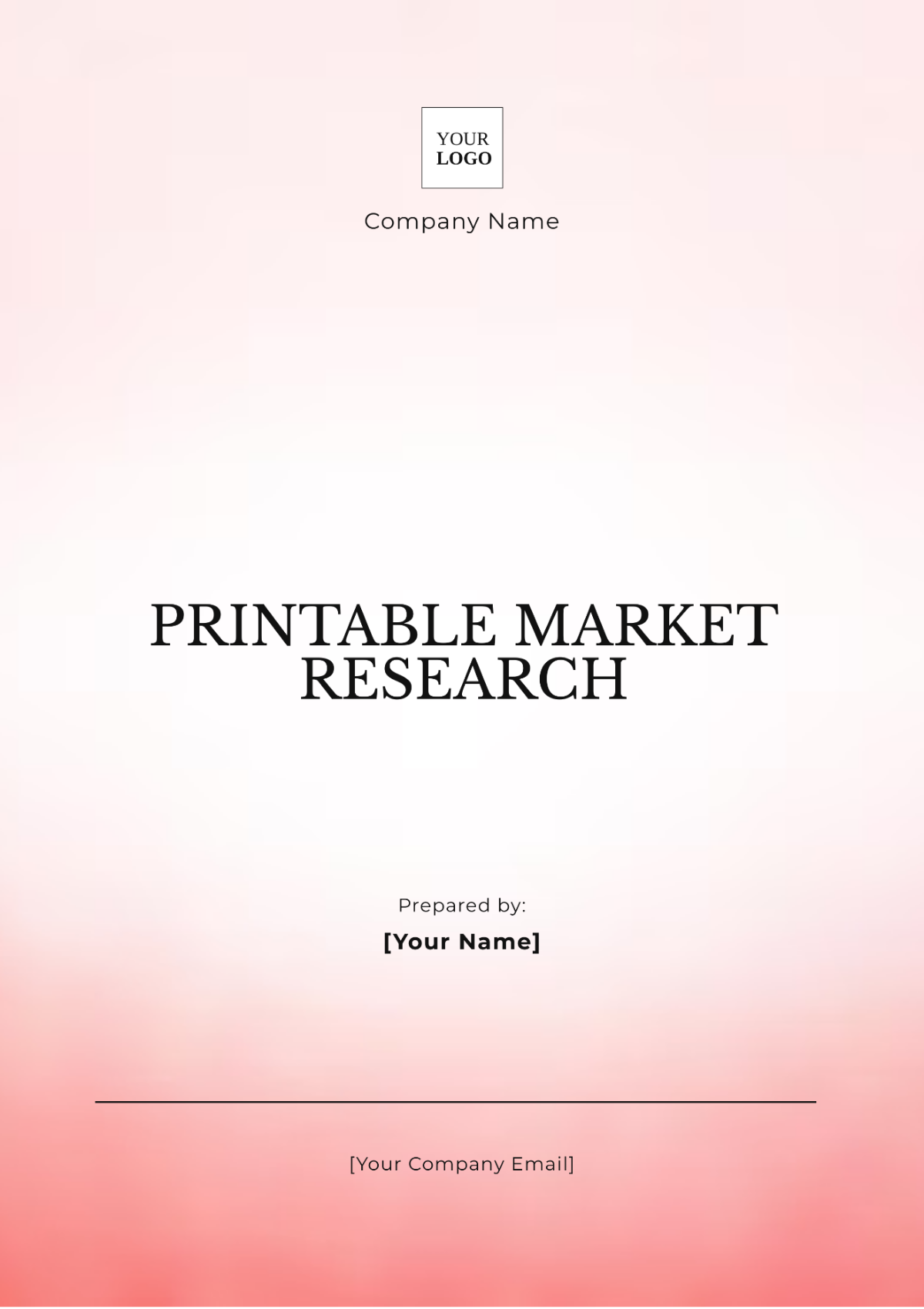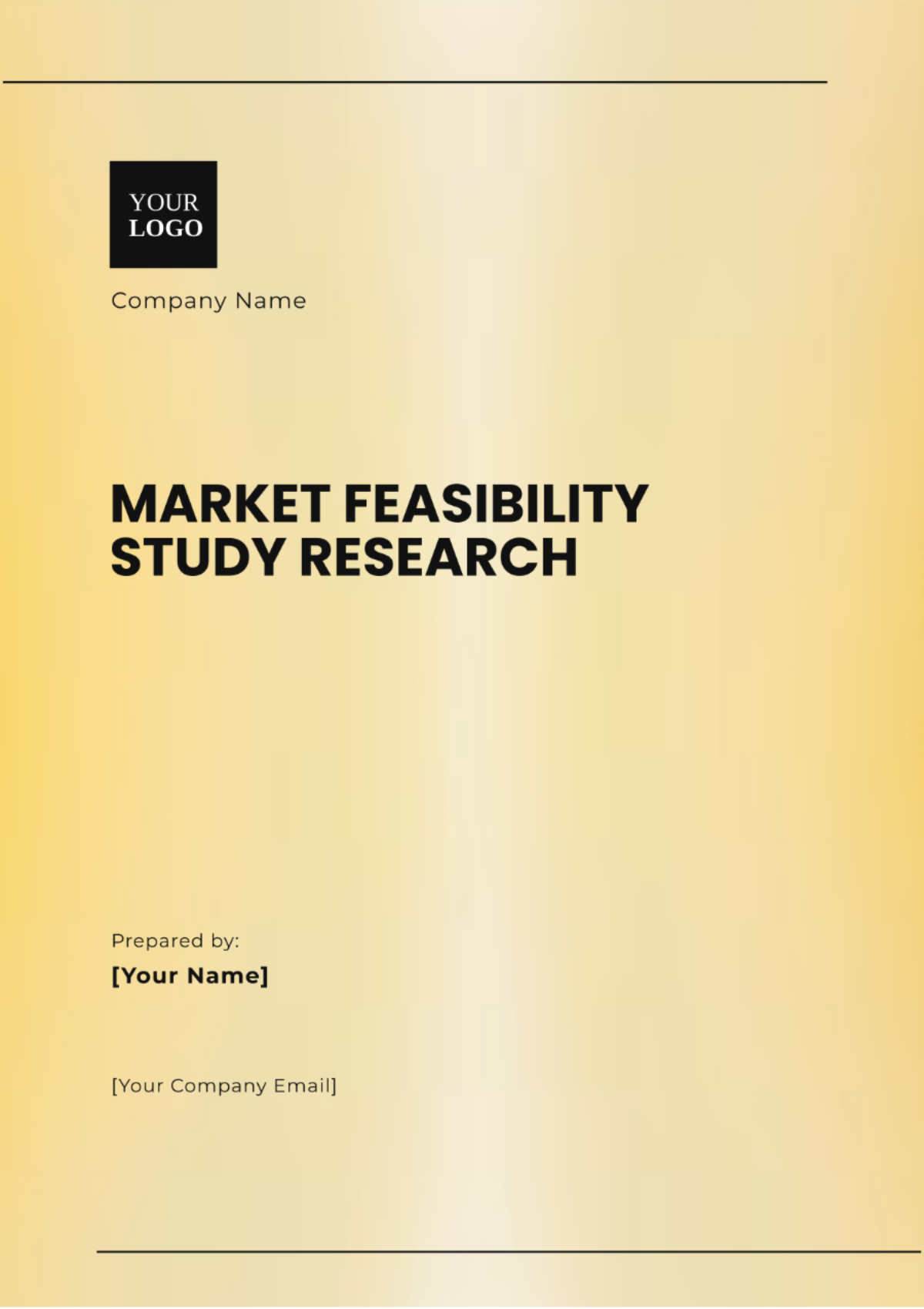Emerging Markets Explanatory Research
Prepared By: [YOUR NAME]
Date: [DATE]
I. Executive Summary
Emerging markets are characterized by rapid growth and evolving dynamics. This research explores their potential, highlighting significant growth opportunities driven by technological advancements, demographic changes, and regulatory improvements. Nonetheless, challenges like infrastructure deficits and political instability persist. Key recommendations include investing in technology, collaborating on regulatory matters, and refining market entry strategies to capitalize on emerging consumer bases.
II. Introduction
Emerging markets, with their swift growth and industrialization, present both opportunities and complexities for investors and businesses. This research aims to clarify the drivers behind these markets' development, their current trends, challenges, and opportunities. Utilizing a blend of qualitative and quantitative methods, the study seeks to offer actionable insights for stakeholders.
III. Market Overview
The market overview provides a detailed analysis of the current size, growth, and defining characteristics of emerging markets.
Market | Current Size (USD Billion) | Annual Growth Rate (%) |
|---|---|---|
Asia-Pacific | 3000 | 6.5 |
Africa | 1300 | 5.2 |
Latin America | 2500 | 4.8 |
Key characteristics of these markets include a youthful population, increasing urbanization, and rising disposable incomes which present new consumption patterns and opportunities.
IV. Drivers and Challenges
This section identifies the pivotal factors driving market growth along with the critical challenges faced by emerging markets.
Drivers | Challenges |
|---|---|
|
|
V. Competitive Landscape
This section provides an analysis of the major players and competitive dynamics in the market.
Company | Market Share (%) | Key Strategies |
|---|---|---|
Company A | 20 | Innovation and R&D |
Company B | 15 | Market Expansion |
Company C | 10 | Strategic Partnerships |
The competitive landscape is marked by aggressive expansion, technological partnerships, and the quest for market dominance among leading firms.
VI. Consumer Insights
Recent studies and analyses reveal an observable trend characterized by several key consumer behaviors: a growing inclination towards digital consumption, a notable preference for purchasing from local brands, and a heightened sense of brand loyalty among consumers. Corporations and businesses that can discern these subtleties and adjust their products, services, and marketing strategies to align with these emerging consumer preferences are more likely to achieve higher levels of success in the market.
VII. Regulatory Environment
A. Overview of the Regulatory Landscape
The regulatory environment in emerging markets is vital in shaping market dynamics and business opportunities. Key regulatory areas include:
Trade Policies: Fluctuating trade policies, including tariffs and trade agreements, can impact import/export activities and market access. Staying updated on these changes is essential for navigating barriers and leveraging trade opportunities.
Investment Regulations: Investment policies may impose restrictions on foreign ownership, require joint ventures, or set conditions for profit repatriation. Understanding these regulations is crucial for foreign direct investment (FDI) and strategic expansion.
Taxation Norms: Taxation frameworks, including corporate tax rates, VAT, and industry-specific incentives, are complex and frequently changing. Businesses need to manage tax liabilities effectively and utilize available incentives.
Environmental and Sustainability Regulations: Stricter regulations on waste management, emissions, and resource use are becoming common. Compliance is necessary for legal adherence and alignment with sustainability goals.
B. Impact on Market Conditions
Market Entry: Altered trade and investment regulations can impact market entry strategies and competitiveness.
Operational Costs: Shifts in taxation and environmental rules influence operational expenses and pricing.
Risk Management: Anticipating regulatory changes helps manage compliance risks and operational disruptions.
Understanding the regulatory environment is essential for developing effective strategies, ensuring compliance, and seizing growth opportunities in emerging markets.
VIII. Recommendations
To harness growth opportunities and manage risks in emerging markets, consider the following strategies:
Invest in Technology and Digital Infrastructure: Focus on advanced technology and digital tools to boost efficiency and market positioning. Embrace innovations like automation and data analytics to drive growth.
Strengthen Collaboration with Regulatory Bodies: Build strong relationships with regulatory authorities to stay updated on policy changes and influence regulations. Active engagement can aid in navigating complex regulatory environments.
Implement Comprehensive Risk Management: Develop robust risk management strategies to identify and mitigate potential risks, including political, economic, and operational threats. Prepare contingency plans to ensure business resilience.
Craft Tailored Market Entry Strategies: Create customized market entry plans based on local conditions, consumer preferences, and competition. Conduct in-depth research to adapt products and strategies to regional demands.
These recommendations aim to capitalize on growth while addressing challenges, ensuring success and competitiveness in emerging markets.
References
World Bank. (2053). Global Economic Prospects.:This report provides comprehensive insights into global economic trends, including emerging markets, and explores the factors driving their growth and challenges.
International Monetary Fund (IMF). (2053). World Economic Outlook: Recovery During a Pandemic. Retrieved from IMF World Economic Outlook.
McKinsey & Company. (2053). The Future of Emerging Markets: Navigating Growth and Risk. Retrieved from McKinsey Emerging Markets Report.

















































